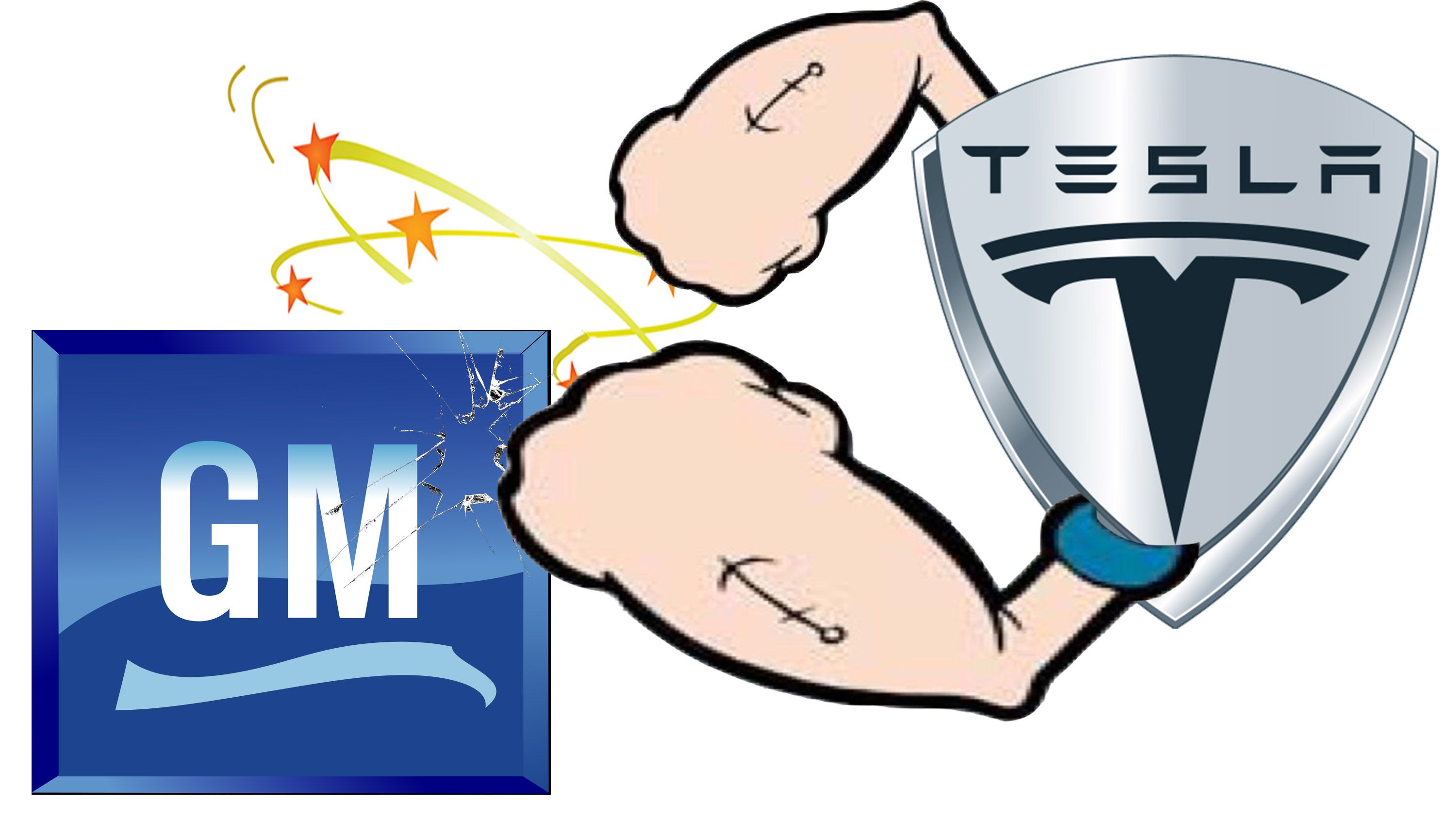Tesla, as a company, has made huge advances in feasible, all-electric mobility and autonomous technology and has been growing at an alarming rate. One could even argue that it knows how to sell the hell out of its electric cars, evidenced by the delivery of just over 25,000 vehicles in the first quarter of 2017 that included an eight-percent growth in sales for the Model S and 381-percent growth for the Model X over the same quarter in 2016. But, one thing it’s doesn’t do so well is make profit – something that the brand is commonly criticized for by other key players in the business. Be that as it may, the company is doing well when it comes to stock market and valuation.
With production of the Model 3 on the horizon and a record-setting first quarter as far as vehicle deliveries go, Tesla’s stock jumped past the $300 barrier for the first time in company history. But wait; that’s not all. This jump also puts Tesla’s market cap over $52 billion, a feat that puts it above both Ford and GM here in the U.S. As of the time of this writing, Ford’s market cap was $45.07 billion, GM’s was at $51.23 billion, and Tesla hit $52.08 billion. This officially makes it the largest and most valuable automaker in the U.S. by market capitalization.
That’s a pretty big deal for Tesla, especially considering the company rarely turns out a profit. But what does it mean for the long term?
It’s All About the Model 3
At the end of the day, Tesla is still a company that rarely posts a profit. Elon Musk claims this is because the company is in a constant state of growth, which means it’s really not losing money. There are two big things driving the stock increase at this point. The first is the high number of deliveries in the first quarter of 2017. I mean, we’re talking about a company with two vehicles in its lineup and another in the oven, so 25,000 vehicles deliveries is a pretty big deal. But, with the Model 3 reportedly being on track, and expected to be the world’s first affordable and autonomous vehicle, it’s easy for investors to see dollar signs in their future. The Model 3 is expected to push production from about 100,000 units per year up to nearly half a million. If everything goes according to schedule, and the Model 3 does start production in July of this year, that stock price could continue to grow if the Model 3 grabs a decent share of the small sedan market.
Long story short, Tesla’s stock price and market cap could continue to grow if the Model 3 is as big a success as Musk – and some investors, for that matter – think it will be. But, if it turns out to be an Edsel, Tesla’s stock price could easily tumble again as investors go into damage control mode. For now, things could really go either way, but it will really boil down to whether or not the Model 3 can be delivered on time, is worth the selling price, and whether or not it’s accepted by the masses.
What do you think will happen? Is this increase in stock price just a fluke, or will the company continue to grow as we near production of the Model 3? Let us know in the comments section below.
Read our full review on the 2018 Tesla Model 3 here.

